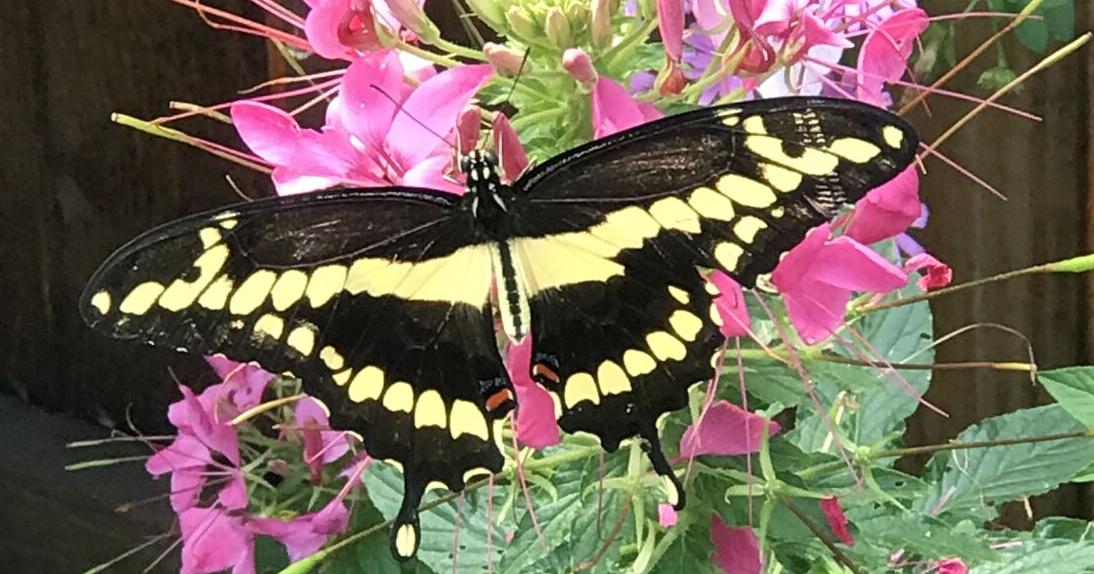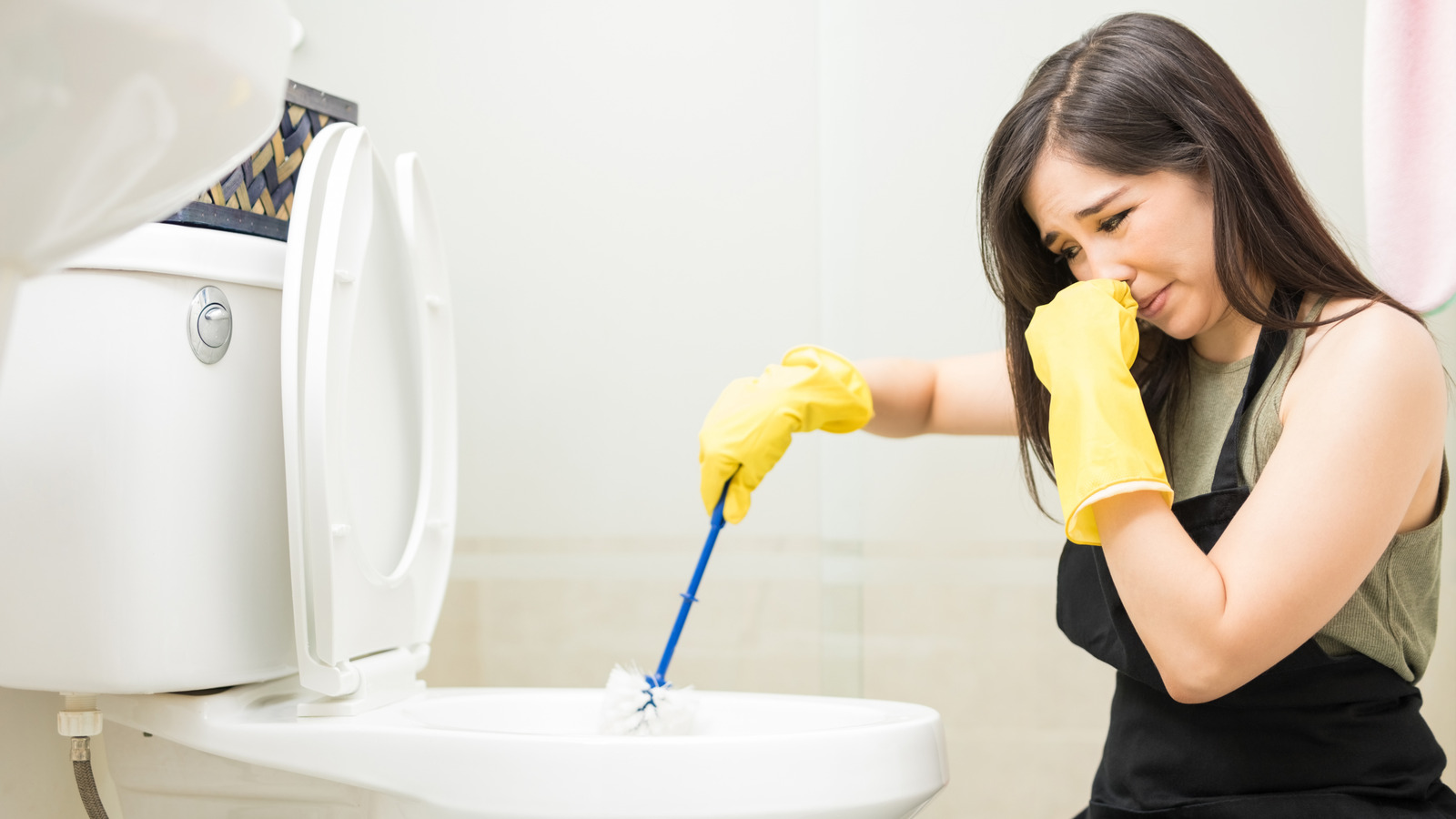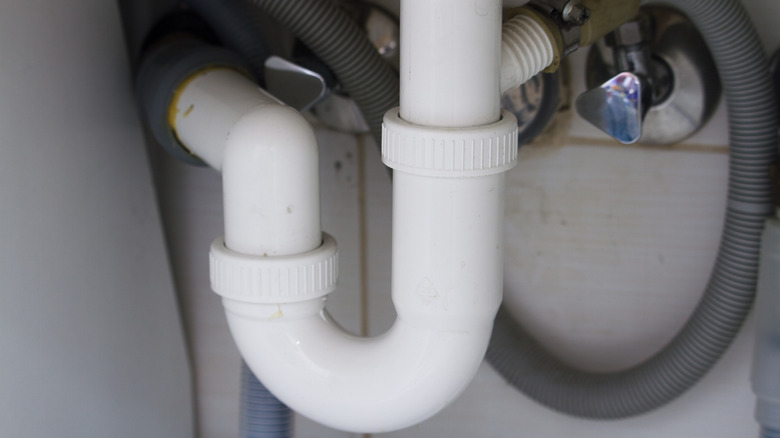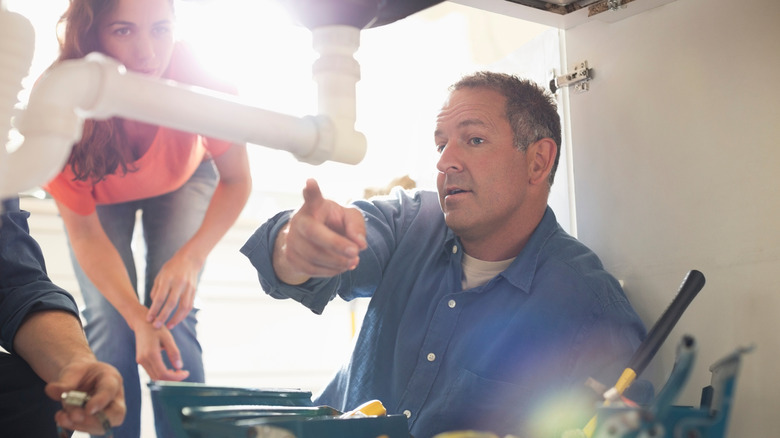We may receive a commission on purchases made from links.
It goes without saying that major bathroom renovations, walk-in shower conversions, and electrical re-wiring tasks should be left to professionals. But from unclogging a sink to fixing a toilet that’s been running nonstop, there are some basic DIY projects every homeowner should know how to do. There are countless video tutorials available online, and most big box stores have experts who can guide you toward the right products and techniques for your home improvement needs. But even with all these resources, errors are easy to make when you’re DIYing repairs. And, according to one plumbing expert, forgetting to install a P-trap on fixture drains is the most common DIY plumbing mistake you’re likely to make.
“A P-trap is a plumbing component that prevents sewer gases from entering a dwelling by creating a water seal in a U-shaped pipe bend prior to the fixture drain,” said Ian Thomas, Virtual Plumbing Expert at Frontdoor. “A fixture drain is defined as the piping that carries wastewater away from the plumbing fixtures such as sinks, toilets, tubs, and showers,” he told House Digest during an exclusive interview. The oft-forgotten fitting is relatively inexpensive. Even if you only have a little bit of space under your kitchen sink or an unusual configuration in an old home, it’s easy to find one that’s universally compatible. The PF WaterWorks FlexTRAP from Amazon has an expandable section, which many users say is flexible enough to adjust for pipes that are off-centered or come up through the floor.
A bad smell is the first sign that you’ve got a P-trap problem
If you’re wondering why your toilet constantly smells bad even after you’ve scrubbed the bowl with a heavy-duty cleaner, or why your kitchen sink simply stinks, a P-trap problem is the likely culprit. “As a professional plumber, I have been on countless calls about ‘a bad smell’ coming from a particular fixture drain,” Thomas told House Digest during his exclusive interview. “Nine times out of ten [the bad smell] is the result of there being no or an improperly installed trap. Not having a properly installed trap allows sewer gases and other bad smells to enter the living space because there is no protective water seal,” he explained.
According to Thomas, you should address the issue quickly once you start to experience seriously stinky odors. “The damage from un-trapped fixtures can have a wide range of consequences. Sewer gases don’t only smell bad but carry germs and bacteria that can pose health risks and lead to microbial growth on the surfaces close to the outlet of the drain, which can be identified as discolored fuzzy or slimy patches of growth,” he explained. The plumbing expert added that you can expect to spend hundreds or even thousands if you call in a professional to remedy all the issues that stem from the lack of a P-trap.
Educate yourself before attempting a plumbing project or leave it to a professional
Since failing to install a P-trap is the most common DIY plumbing mistake Thomas sees, we wanted to know if he had any tips for homeowners so they can avoid making the same error. “Make sure you educate yourself on the proper ways drains should be installed,” he said during his exclusive interview with House Digest. “If in doubt, seek professional guidance to install the trap, or make sure you have installed it yourself correctly to ensure you don’t open your home to harmful odors and potential microbial waste from your pipes.”
The steps are relatively simple. Before you begin, turn off the water. Remove the existing P-trap before assembling your replacement unit. Use a pipe cutter or hacksaw if you must shorten the wall tube. Fit it carefully in place before connecting the waste connector, the tailpiece, and the U-shaped sections. Once assembled, tighten the nuts snuggly, but make sure not to over tighten them. Finally, test the trap for leaks.
While fitting a P-trap may seem like an easy task, some plumbing issues are more difficult to repair. Smelly sewage, an overflowing toilet, and burst pipes are plumbing problems you shouldn’t attempt unless you’re a professional. If you decide to tackle these problems alone, first acquaint yourself with the basic mechanics of your sink, toilet, shower, and other plumbing fixtures.











